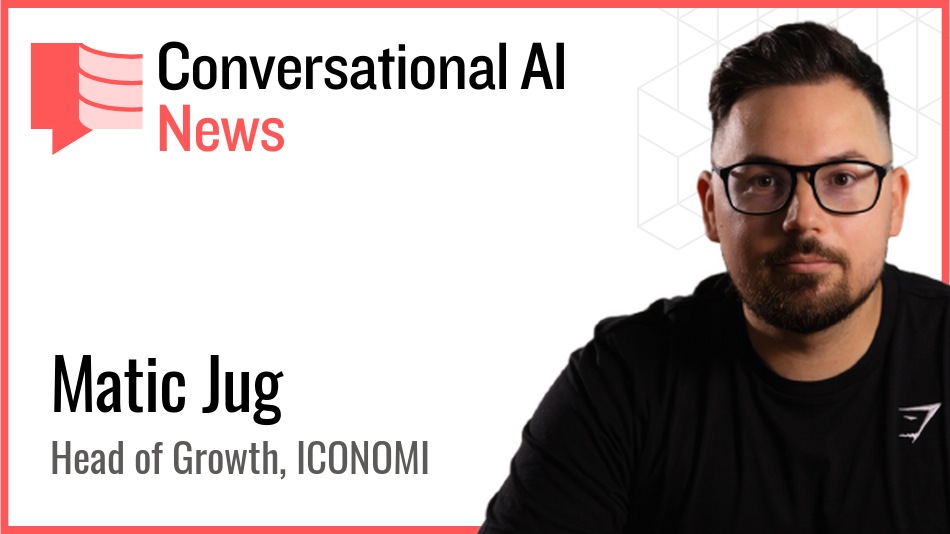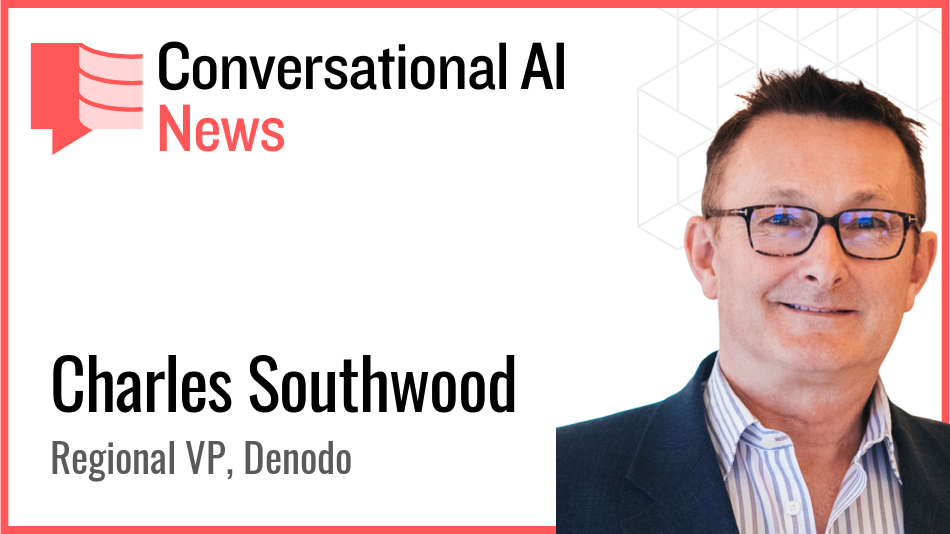Kevin Quirk, Company Director, AI Bridge Solutions

Today we're meeting Kevin Quirk, Company Director at AI Bridge Solutions. His company specialises in providing intelligent AI-powered solutions that help organisations unlock productivity, streamline operations, and accelerate growth through responsible automation.
Over to you Kevin - my questions are in bold:
Who are you, and what's your background?
I'm Kevin Quirk, a company director at AI Bridge Solutions, which I founded in 2024. My career started as a network engineer, working across both small and large organisations. From there, I became a database administrator (DBA), and eventually transitioned into software development. I hold certifications including MCP, MCSA, and CISSP. This diverse technical foundation has helped me build AI Bridge Solutions, where we focus on delivering intelligent AI-powered solutions to drive business transformation.
What is your job title, and what are your general responsibilities?
As a company director, I help steer the strategic direction and ensure the alignment of our services with client needs. I work closely with our teams on business development, AI implementation strategy, and technical delivery, while also maintaining relationships with partners and clients.
Can you give us an overview of how you're using AI today?
We deploy AI in several core areas: intelligent process automation, natural language interfaces, predictive analytics, and personalised customer journeys. One of our flagship projects uses generative AI to streamline back-office workflows in the healthcare sector, significantly reducing administrative burden on staff. We're also integrating conversational AI with legacy systems to improve customer service without requiring full-scale system replacements. Our approach emphasises augmentation — helping human teams do more with less burnout, rather than replacing them.
Tell us about your investment in AI? What's your approach?
We follow a hybrid build-and-buy model. We have a dedicated AI team focused on proprietary solutions, but we also partner with best-in-class platforms when it makes sense — for example, integrating OpenAI and AWS AI tools. Investment-wise, we dedicate over 40% of our R&D budget to AI initiatives. We also maintain a network of academic and industry collaborators to stay on the cutting edge of developments in ethical AI, explainability, and new applications.
What prompted you to explore AI solutions? What specific problems were you trying to solve?
The original challenge was around scale — how to support growing demand for complex services (particularly in care and compliance-heavy sectors) without proportionally increasing staff or costs. We noticed that large parts of workforces were bogged down with manual, repetitive, low-value tasks. AI offered a way to unlock latent productivity and allow skilled professionals to focus on higher-impact work.
Who are the primary users of your AI systems, and what's your measurement of success? Have you encountered any unexpected use cases or benefits?
Primary users include operational teams, compliance officers, customer service representatives, and mid-level managers. Success is measured by a blend of KPIs: time saved, error reduction, task completion rates, user satisfaction, and downstream business outcomes. One surprising benefit was in staff morale — many teams felt more empowered and less overwhelmed once AI took on the "grind" work.
What has been your biggest learning or pivot moment in your AI journey?
Our biggest pivot was around deployment — we originally aimed for full AI-powered systems, but found greater success with phased augmentation and co-pilots that supported rather than replaced workflows. That shift dramatically improved user adoption and led to better long-term outcomes.
How do you address ethical considerations and responsible AI use in your organisation?
We take a firm stance on responsible AI. Every deployment goes through a risk assessment and includes explainability, transparency, and human oversight by default. We also provide clients with AI governance toolkits and ethics training. Our systems are GDPR-compliant, and we avoid black-box models in high-stakes applications.
What skills or capabilities are you currently building in your team to prepare for the next phase of AI development?
We're expanding expertise in multimodal AI, real-time inference, model governance, and AI security. Internally, we're also building stronger design thinking capabilities so we can translate complex AI functionality into intuitive user experiences.
If you had a magic wand, what one thing would you change about current AI technology, regulation or adoption patterns?
I'd accelerate standardisation around AI safety and transparency — especially in Europe. There's too much ambiguity around what "responsible AI" means, and that slows adoption. Clearer, shared frameworks would benefit everyone: developers, regulators, and the public.
What is your advice for other senior leaders evaluating their approach to using and implementing AI? What's one thing you wish you had known before starting your AI journey?
Start small, but think big. Don't look for one massive AI implementation — focus on areas where AI can relieve pressure points. And don't assume technical solutions alone are enough — adoption lives or dies on change management. I wish I'd invested earlier in training and internal communications to support cultural adoption.
What AI tools or platforms do you personally use beyond your professional use cases?
I use ChatGPT and Claude for brainstorming, copywriting, and summarising research. I've also been exploring AI Dungeon as a playful way to understand natural language reasoning models. And I use Mem for AI-assisted note-taking.
Finally, let's talk predictions. What trends do you think are going to define the next 12-18 months in the AI technology sector, particularly for your industry?
I'm really impressed by Perplexity.ai — their answer engine blends retrieval and generation in a way that's both fast and verifiable. It's the first tool I've seen that genuinely feels like an AI-powered research assistant.
Thank you very much, Kevin!
Read more about Kevin on LinkedIn and find out more about AI Bridge Solutions at aibridgesolutions.co.uk.




